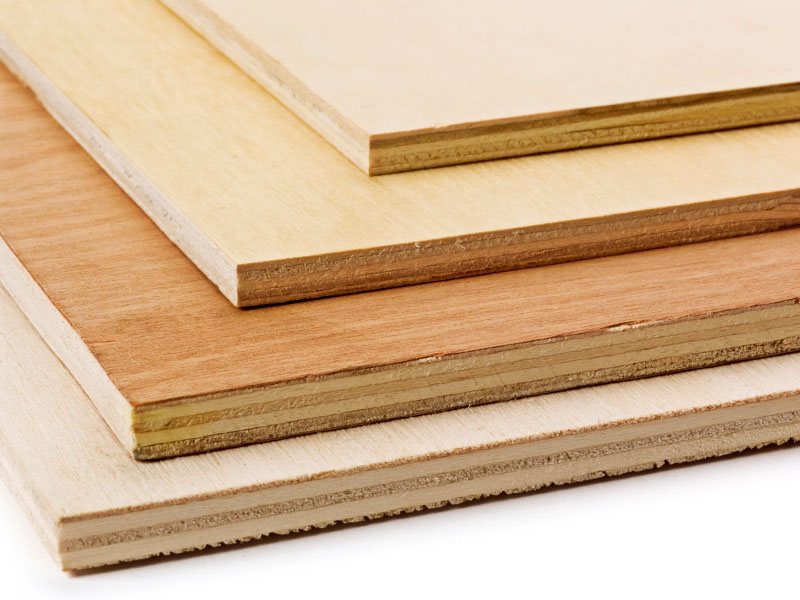While visiting any plywood shop in your town market you might have come across some technical terms like commercial plywood, marine plywood, BWP plywood and more… so what exactly are these?

Plywood is manufactured as per the different usages and grades to make it unique for different usages. These plywood differences are also useful to determine the price and quality of the ply. So it is very important for customers to understand these differences to make the right choice. The basic difference amongst these plywood’s are the process and specific gluing for bonding agent that is used in the manufacturing process. Generally plywood are manufactured by gluing different veneer sheets at high temperature and pressure.
Commercial Grade: This is perhaps the most commonly used plywood especially for the furniture readily available in the market. Generally commercial grade plywood is widely used for interior applications especially for home and offices. It is also available in moisture resistant plywood grade for some specific usage. This is widely known as interior grade plywood. Technically, this plywood is made by glue which has basic substance of Urea Formaldehyde (UF) glue.
BWR Grade: BWR is boil and water resistant plywood. This type of plywood has more resistance to moisture thus it is used in the high moisture exposure areas like kitchen and open spaces like balconies, terrace and verandas. This is also known as exterior grade plywood. However, most common misunderstanding people has for this plywood is that it is water proof plywood, however it is not so.
Marine Grade: It is quite understandable from it’s name that this plywood is good for the usage where there is flowing water or excessive exposure to water. Technically this is also called boiling water proof plywood and that’s why most commonly misunderstood with BWR Grade that is Boil & Water Resistant plywood. Marine grade plywood is true water proof plywood made from glue which has basic substance of Phenolic Resins.

